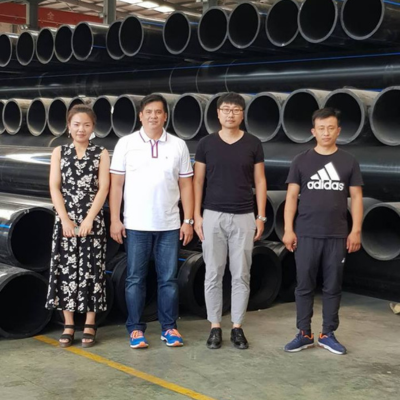
The Journey of HDPE Dredging Pipes: Stories from the Field
Introduction
High-Density Polyethylene (HDPE) pipes have revolutionized the dredging industry. Known for their durability, flexibility, and resilience, these pipes have been pivotal in numerous successful dredging projects around the globe. Today, we dive into some true stories that highlight the incredible impact of HDPE dredging pipes in various challenging environments.
Story 1: Rescuing a Coastal Town in the Netherlands
In 2016, a coastal town in the Netherlands faced severe erosion, threatening its existence. The solution involved an extensive beach nourishment project, requiring a robust pipeline system to transport sand from the seabed to the shore. HDPE dredging pipes were chosen for their ability to withstand harsh marine conditions.
The Challenge
The project faced numerous challenges, including rough seas, strong currents, and the need for a non-intrusive solution that wouldn’t disturb marine life.
The Solution
HDPE pipes, with their flexibility and strength, proved to be the perfect choice. They were easily connected and laid out along the seabed, resistant to the corrosive effects of saltwater. Over the course of several months, these pipes transported millions of cubic meters of sand, restoring the beach and safeguarding the town from further erosion.
The Outcome
Today, the town enjoys a robust shoreline, and the success of the project has been a case study for similar initiatives worldwide.
Story 2: The Amazon River Basin Project
In the heart of the Amazon rainforest, a major dredging project was initiated to improve navigability and prevent flooding. The project faced the dual challenge of dense vegetation and extreme weather conditions.
The Challenge
Transporting materials through the remote and dense Amazon rainforest required a pipeline that was both flexible and lightweight. The pipes also needed to withstand the harsh environmental conditions of the tropics.
The Solution
HDPE dredging pipes were selected for their unique properties. Lightweight and flexible, they were easily transported and installed in the challenging terrain. Their resilience to UV radiation and high temperatures ensured that they remained functional throughout the project.
The Outcome
The successful completion of the project improved river navigation, reduced flooding, and had a minimal environmental footprint, thanks to the environmentally friendly nature of HDPE.
Story 3: Rehabilitating the Port of Durban
The Port of Durban, one of Africa’s busiest ports, required extensive dredging to maintain its operational depth. The challenge was to find a durable and efficient solution that could handle the large volumes of silt and debris.
The Challenge
The port’s high traffic and constant activity meant that the dredging operations had to be quick and efficient, with minimal disruption.
The Solution
HDPE dredging pipes were used due to their high abrasion resistance and ease of handling. Their ability to be quickly assembled and disassembled allowed for swift operations, ensuring the port remained functional throughout the dredging process.
The Outcome
The port was successfully dredged, maintaining its status as a key logistical hub. The use of HDPE pipes ensured the project was completed on time and within budget.
Conclusion
These stories from the field highlight the versatility and reliability of HDPE dredging pipes in various challenging environments. Whether it's protecting coastal towns, navigating dense rainforests, or maintaining bustling ports, HDPE pipes have proven to be an indispensable tool in modern dredging projects. Their resilience, flexibility, and environmental friendliness make them the preferred choice for engineers and project managers worldwide.
_____________________________________________________________
